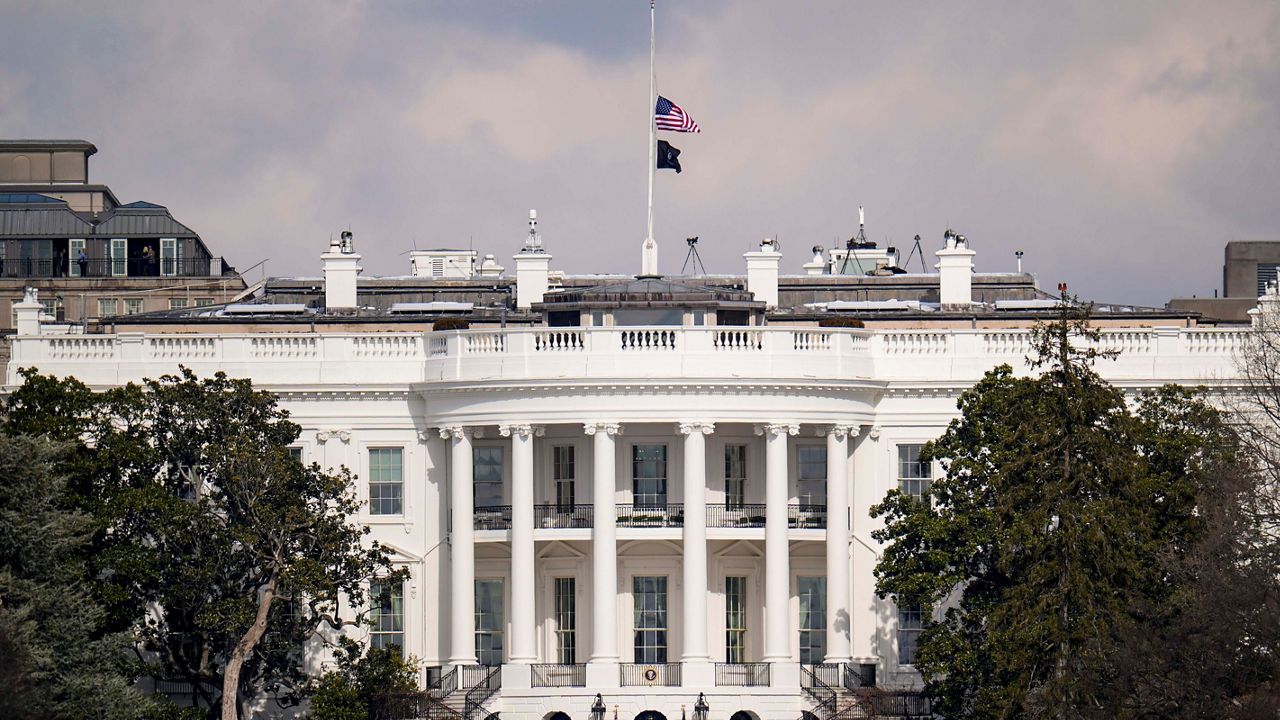Solitary confinement has long been a controversial practice in New York state prisons. Historically used as a primary disciplinary tool, its extensive application raised significant concerns among mental health professionals and legal advocates.
“In the 1990s, solitary confinement was so widespread that individuals could face years in isolation for disciplinary infractions,” said James Bogin, senior supervising attorney at Prisoners’ Legal Services. “Experts have called such long-term confinement a form of torture.”
In 2021, lawmakers passed the Humane Alternatives to Long-Term (HALT) Solitary Confinement Act, which went into effect in March 2022. The law limits solitary confinement to a maximum of 15 consecutive days and prohibits its use for vulnerable groups, including individuals under 21 or over 55, pregnant people and those with serious mental illnesses.
“HALT introduced restrictive criteria that limit the reasons for which people can be confined,” Bogin explained. “Very serious acts, such as causing or attempting serious physical injury or death, are now required for placement in solitary.”
The law also created residential rehabilitation units (RRUs) as alternatives to long-term isolation. The units offer more out-of-cell time and programming designed to rehabilitate incarcerated individuals.
“Instead of being confined for months or years in special housing units (SHUs), individuals now transition to RRUs after 15 days,” Bogin said. “These units provide seven hours outside the cell daily, including six hours of programming.”
Despite these reforms, the HALT Act has faced significant opposition from correctional officers. The New York State Correctional Officers & Police Benevolent Association (NYSCOPBA) argues that limiting solitary confinement has made prisons more dangerous.
“Enough is enough – our members cannot and should not be used as punching bags,” NYSCOPBA President Chris Summers said in an October 2024 statement. “Assaults on staff are projected to increase by 24 percent this year, marking a 47 percent rise since 2021.”
Correctional officers also cite staffing shortages as a major issue. According to the Department of Corrections and Community Supervision (DOCCS), more than 1,000 officers have left state facilities annually since 2021.
Advocates for HALT argue the challenges highlight the need for full implementation of the law rather than a rollback of reforms. They emphasize that prolonged solitary confinement is classified as torture by international standards like the United Nations’ Mandela Rules.
As debates continue over the impact of HALT on prison safety and rehabilitation efforts, one thing remains clear: New York’s approach to solitary confinement is being closely watched nationwide as a potential model for reform – or a cautionary tale.







